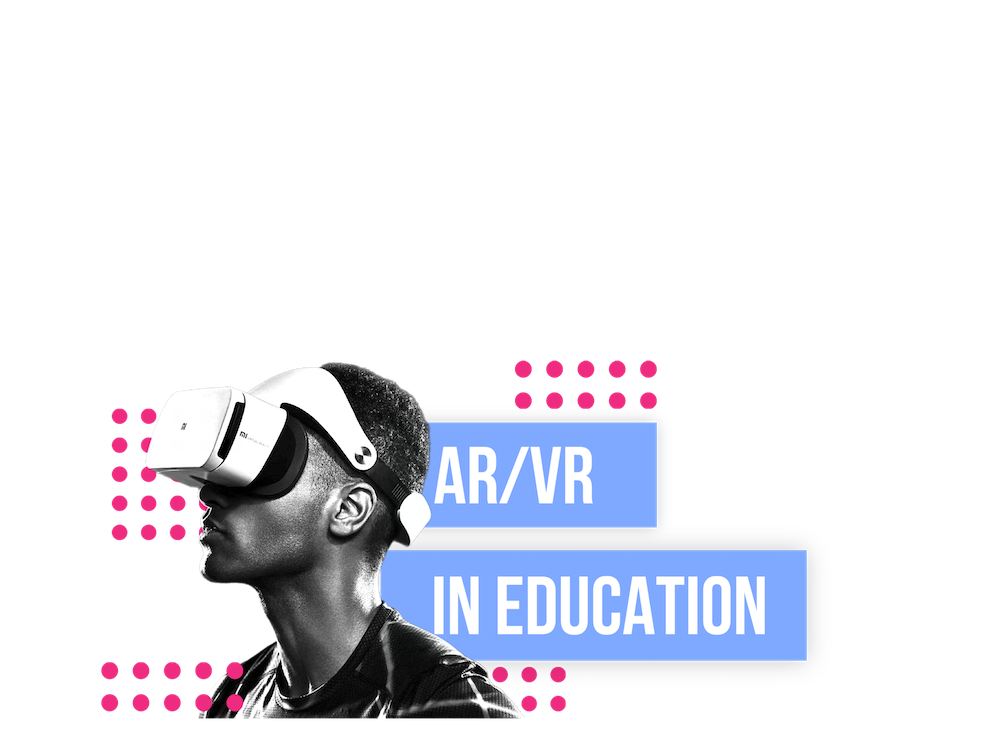
Augmented reality (AR) is the integration of digital information with the user’s environment in real time. Unlike virtual reality (VR), which creates a totally artificial environment, AR users experience a real-world environment with generated perceptual information overlaid on top of it.
Benefits of AR
AR can have a significant impact on learning environments
– Student engagement and interest
Student interest skyrockets with the opportunity to engage in creating educational content. AR technologies can allow them to add to curriculum content, create virtual worlds, and explore new interests.
– Learning environment
Classes that incorporate AR can help students become more involved. An interactive learning environment provides opportunities to implement hands-on learning approaches that can increase engagement, enhance the learning experience, and get students to learn and practice new skills.
– Content understanding
Lack of quality content focused on education, rather than entertainment, is a noted concern among teachers hesitant to use augmented reality in education. However, existing AR technology enables teachers to create immersive educational experiences on their own to help ensure their students understand curriculum content.
– Collaboration
As AR content is digital, it is easily shared. For example, a group of teachers can work with their students to continually refine the content. A collaborative learning environment provides students with increased motivation to learn because they are actively engaged in the educational content creation process.
– Memory
AR is an excellent tool for bringing lessons to life and helping students remember essential details. For example, instead of just presenting photographs on a projector showcasing life in Colonial America, a teacher can use AR technology to create memorable interactive stories.
– Sensory development
AR technology can help teachers create lesson plans with multisensory experiences. Students benefit from immersive virtual content that incorporates an experiential learning style in which students carry out physical activities instead of watching a demonstration. This approach can help with sensory development.
– Cost-effectiveness
The cost of AR equipment is often cited as a barrier to adoption. However, as smartphone use continues to rise among young Americans, and since smartphones are already equipped with the hardware needed to run AR apps, augmented reality in education is increasingly more cost-effective to implement. Additionally, AR can lower educational costs by replacing expensive textbooks.
In the following videos you might get some more ideas on how to improve your lessons with AR & VR.
In this edtech school video, I’ll show you some fun augmented reality apps you can use in your classroom. You’ll learn how to use augmented reality as well as I will show you how the ar apps work. AR or augmented in education is becoming more and more present, and you better realize the change AR may bring to your school, classroom or lessons.
Bernard Marr
10 inspiring examples of how XR technology (augmented, mixed, and virtual reality) is being used in the world of training and education to provide immersive experiences for students and professionals.
MJ Dantic
Onirix
Web AR in education – digital content for paper books – web augmented reality Studio. Thanks to augmented reality, lifelong textbooks can be evolved and given a new dimension, associated with content that may change over time, and updated. With web augmented reality or web AR, you can add digital content to any book, and share it easily with others, through a web link, or a QR code. Configure your own content and create a new level of communication with your students through textbooks.